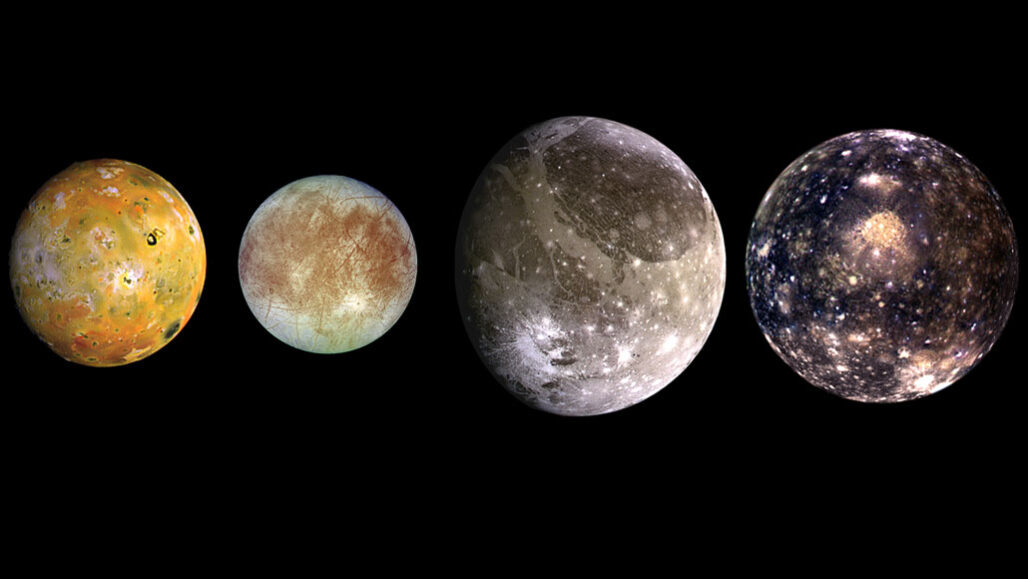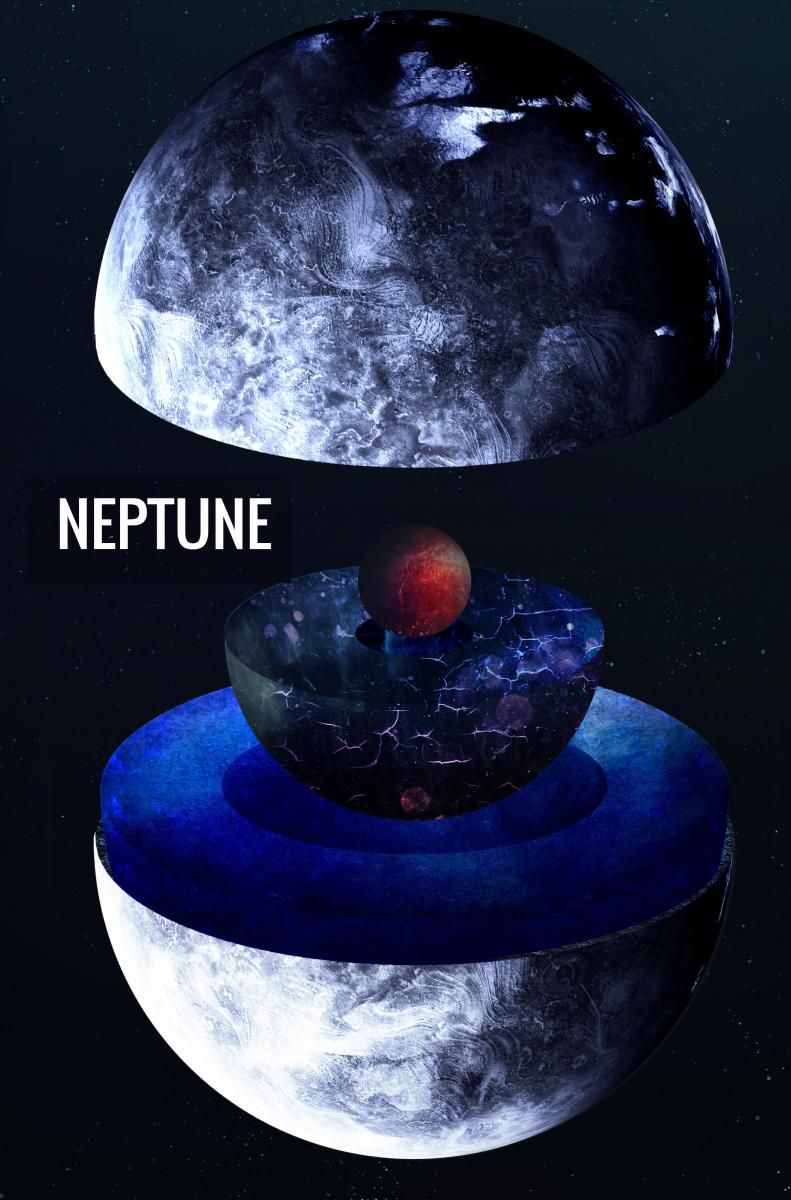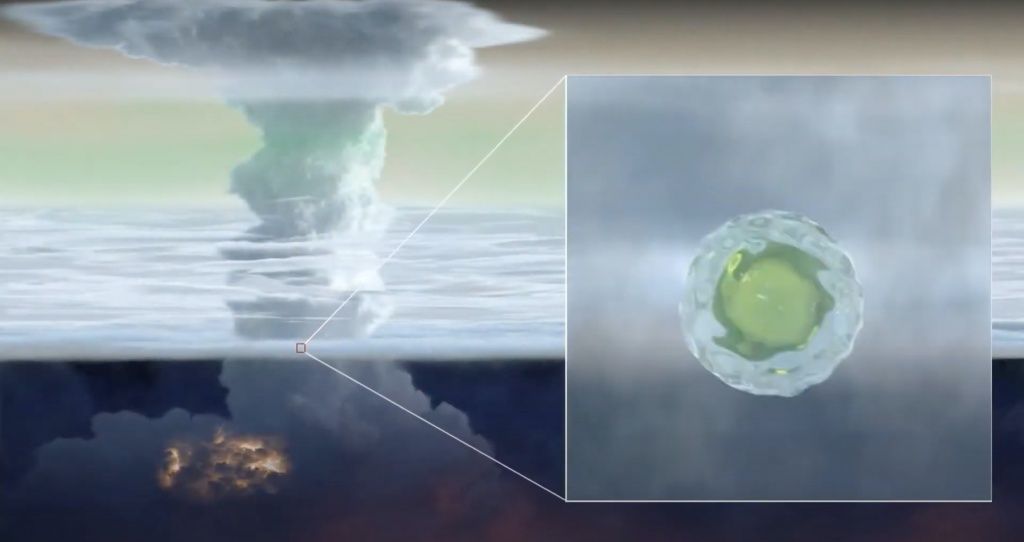The moons of our Solar System have garnered quite a lot of attention in the last few years, especially pertaining to astrobiology and the search for life beyond Earth. From the Galilean moons of Jupiter to the geysers of Enceladus to the methane lakes on Titan, these small worlds continue to humble us with both their awe and mystery. But do the very same scientists who study these mysterious and intriguing worlds have their own favorite moons? As it turns out, seven such planetary geologists were kind enough to share their favorite Solar System moons with Universe Today!
Continue reading “The Favorite Solar System Moons of Planetary Geologists; An In-Depth Discussion”Will We Ever Go Back to Explore the Ice Giants? Yes, If We Keep the Missions Simple and Affordable
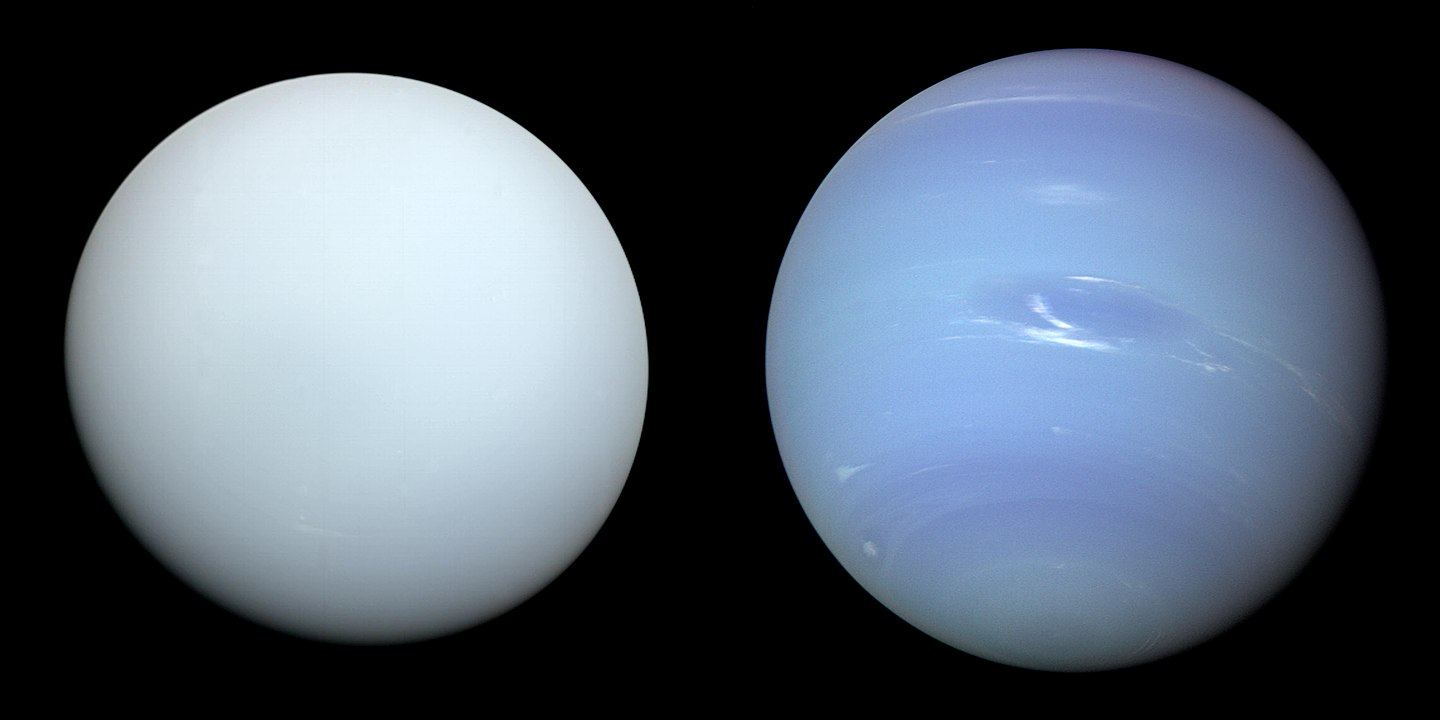
It’s been over 35 years since a spacecraft visited Uranus and Neptune. That was Voyager 2, and it only did flybys. Will we ever go back? There are discoveries waiting to be made on these fascinating ice giants and their moons.
But complex missions to Mars and the Moon are eating up budgets and shoving other endeavours aside.
A new paper shows how we can send spacecraft to Uranus and Neptune cheaply and quickly without cutting into Martian and Lunar missions.
Continue reading “Will We Ever Go Back to Explore the Ice Giants? Yes, If We Keep the Missions Simple and Affordable”Will Triton finally answer, ‘Are we alone?’

We recently examined how and why Saturn’s icy moon, Enceladus, could answer the longstanding question: Are we alone? With its interior ocean and geysers of water ice that shoot out tens of kilometers into space that allegedly contains the ingredients for life, this small moon could be a prime target for future astrobiology missions. But Enceladus isn’t the only location in our solar system with active geysers, as another small moon near the edge of the solar system shares similar characteristics, as well. This is Neptune’s largest moon, Triton, which has been visited only once by NASA’s Voyager 2 in 1989. But are Triton’s geysers the only characteristics that make it a good target for astrobiology and finding life beyond Earth?
Continue reading “Will Triton finally answer, ‘Are we alone?’”Neptune and Its Rings Glow in Webb Telescope’s Portrait
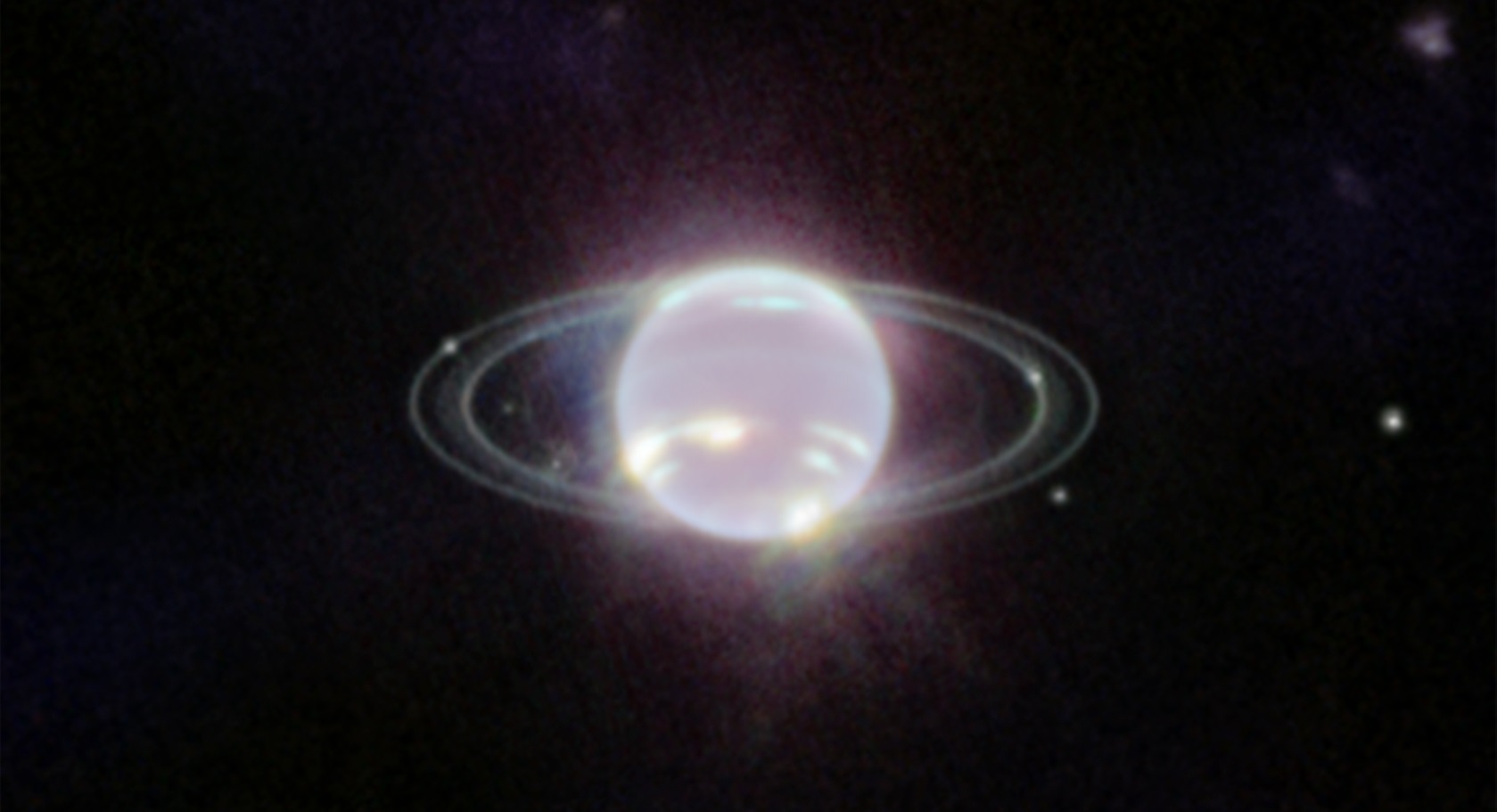
The first picture of Neptune to be taken by NASA’s James Webb Space Telescope reveals the latest, greatest details of the ice giant’s atmosphere, moons and rings in infrared wavelengths.
Some of those details — for example, faint bands of dust that encircle Neptune — haven’t been brought to light since the Voyager 2 probe zoomed past in 1989.
“It has been three decades since we last saw those faint, dusty bands, and this is the first time we’ve seen them in the infrared,” astronomer Heidi Hammel, an interdisciplinary scientist on the JWST team who specializes in Neptune, said today in a news release. Neptune’s brighter rings stand out even more clearly.
Continue reading “Neptune and Its Rings Glow in Webb Telescope’s Portrait”Why are Neptune and Uranus Different Colors?
Uranus and Neptune are similar planets in many ways. Both are ice giant worlds, both have atmospheres rich in methane, and both have a bluish color. But while Uranus has a pale blue-green hue, Neptune has a deep blue color. But why? Why would two planets so similar in size and composition appear so different? According to a recent study, the answer lies in their aerosols.
Continue reading “Why are Neptune and Uranus Different Colors?”Here are Hubble’s 2021 Photos of the Outer Solar System
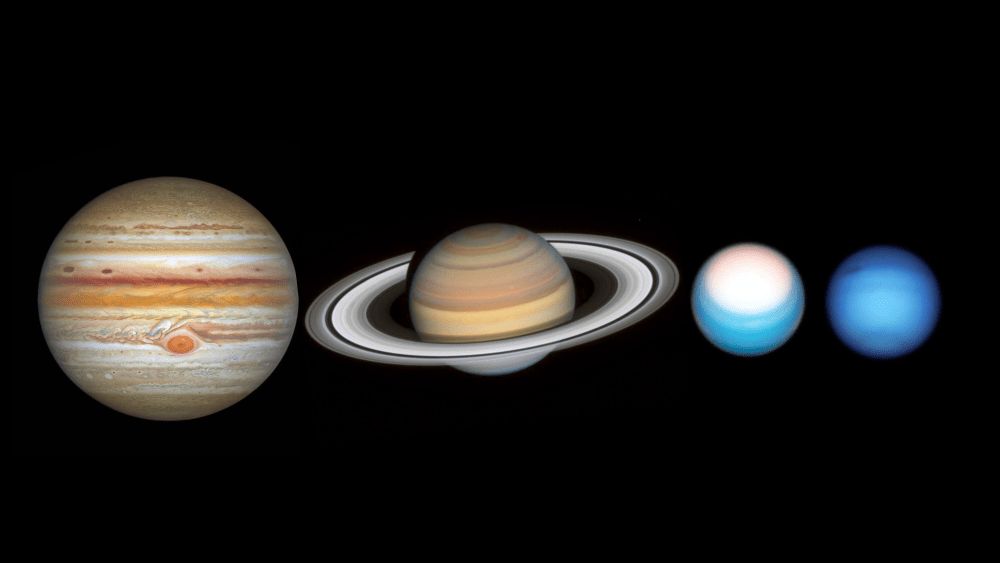
If we had to rely solely on spacecraft to learn about the outer planets, we wouldn’t be making great progress. It takes a massive effort to get a spacecraft to the outer Solar System. But thanks to the Hubble Space Telescope, we can keep tabs on the gas giants without leaving Earth’s orbit.
Continue reading “Here are Hubble’s 2021 Photos of the Outer Solar System”Why do Uranus and Neptune Have Magnetic Fields? Hot ice
The outer “ice giant” planets, Neptune and Uranus, have plenty of mysteries. One of the biggest is where exactly they got their magnetic fields. They are strong at that, with Neptune’s being twenty-seven times more powerful than Earth’s, while Uranus’ varies between ? and four times Earth’s strength. Chaos rules in these electromagnetic environments, making them exceptionally hard to both understand and model. Now a team of researchers led by Dr. Vitali Prakpenka of the University of Chicago thinks they might have found the underlying cause of both the field’s strength and its randomness – “hot ice.”
Continue reading “Why do Uranus and Neptune Have Magnetic Fields? Hot ice”Giant Balls of Mush Made From Ammonia and Water Form in the Atmospheres of Uranus and Neptune
One advantage to planetary science is that insights from one planet could explain phenomena on another. We understand Venus’ greenhouse gas effect from our own experience on the Earth, and Jupiter and Saturn share some characteristics. But Jupiter also provides insight into other, farther out systems, such as Uranus and Neptune. Now, a discovery from a spacecraft orbiting Jupiter might have solved a long-standing mystery about Uranus and Neptune – where has all the ammonia gone?
Continue reading “Giant Balls of Mush Made From Ammonia and Water Form in the Atmospheres of Uranus and Neptune”A 6-Year Search of the Outer Solar System Turns up 461 new Objects (but no Planet 9)
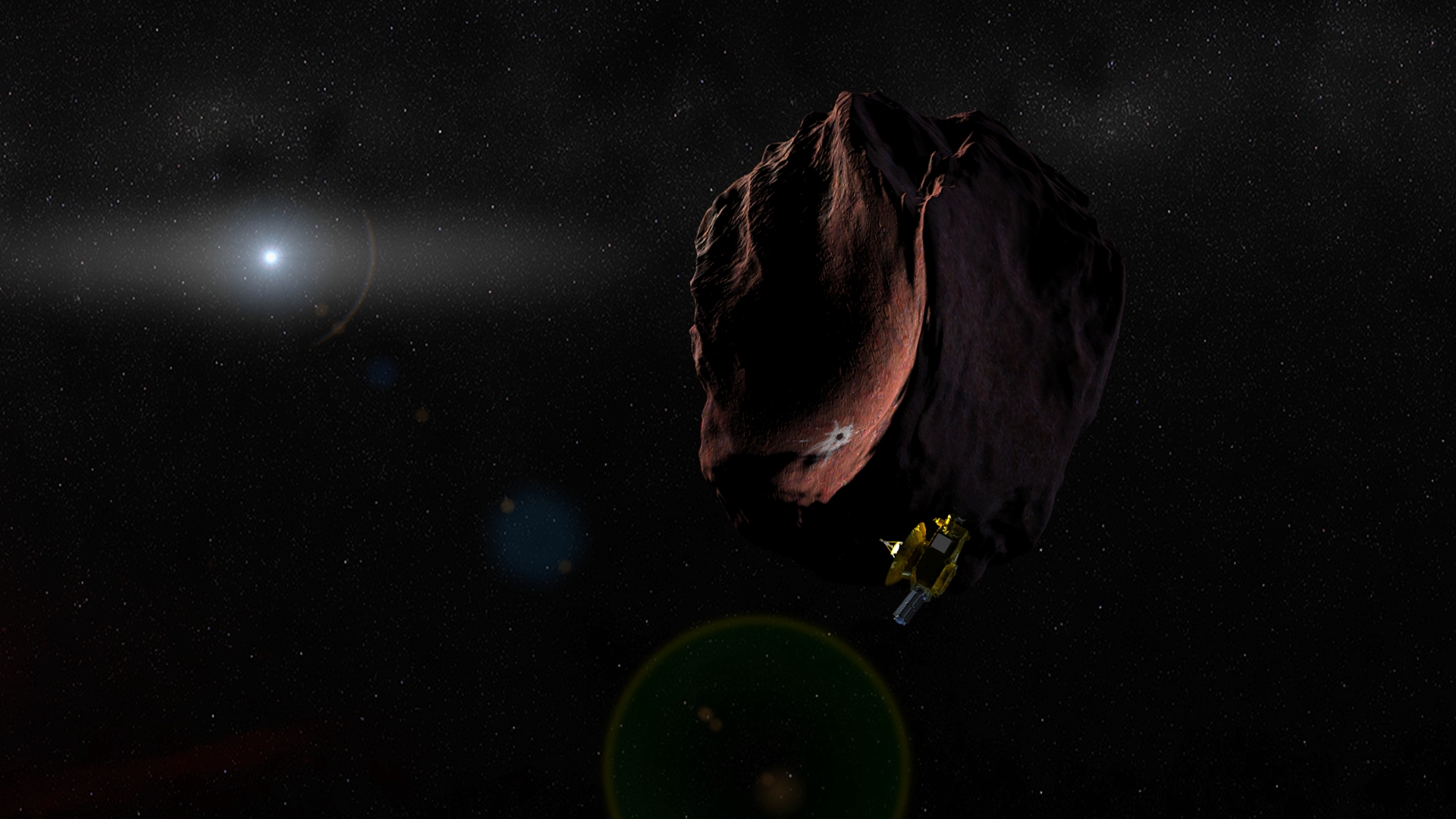
In the near future, astronomers will benefit from the presence of next-generation telescopes like the James Webb Space Telescope (JWST) and the Nancy Grace Roman Space Telescope (RST). At the same time, improved data mining and machine learning techniques will also allow astronomers to get more out of existing instruments. In the process, they hope to finally answer some of the most burning questions about the cosmos.
For instance, the Dark Energy Survey (DES ), an international, collaborative effort to map the cosmos, recently released the results of their six-year survey of the outer Solar System. In addition to gathering data on hundreds of known objects, this survey revealed 461 previously undetected objects. The results of this study could have significant implications for our understanding of the Solar System’s formation and evolution.
Continue reading “A 6-Year Search of the Outer Solar System Turns up 461 new Objects (but no Planet 9)”Both Uranus and Neptune Have Really Bizarre Magnetic Fields
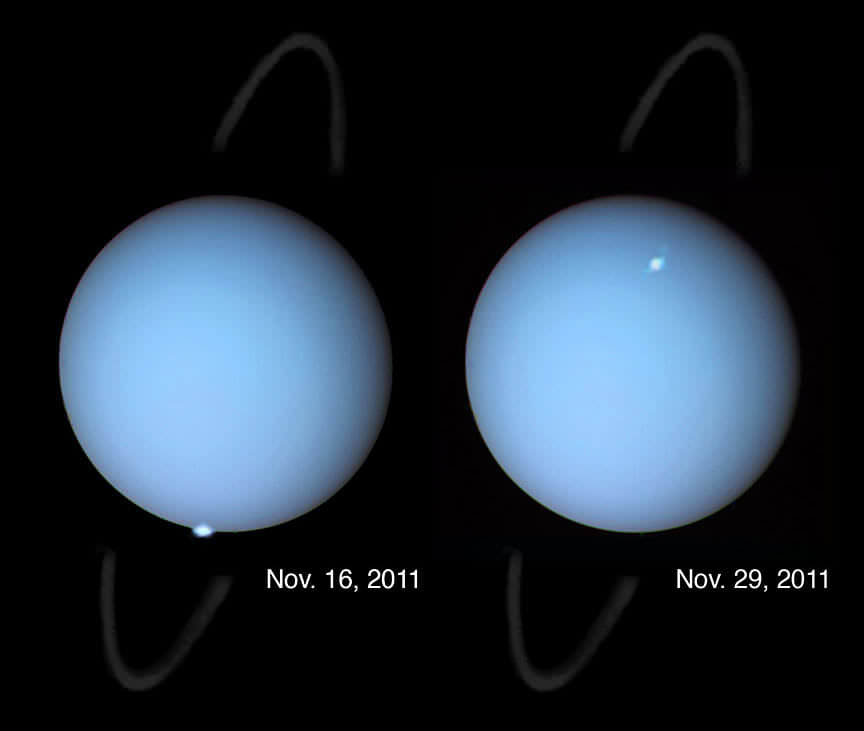
The magnetic fields of Uranus and Neptune are really, seriously messed up. And we don’t know why.
Continue reading “Both Uranus and Neptune Have Really Bizarre Magnetic Fields”
